Automatic vs Manual: Which Transmission to Choose
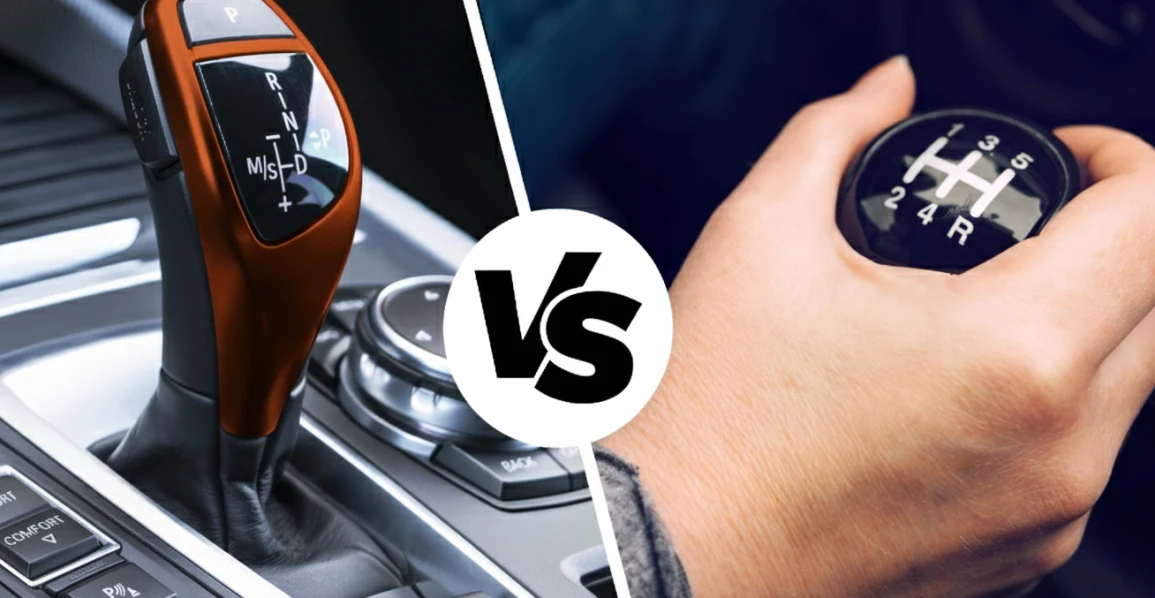
The clutch pedal is disappearing. One by one, automakers are abandoning the manual gearbox in favor of automatics. It seems the world has made its choice. But the eternal debate between three pedals and two rages on. After all, this is not only about choosing a technology but also about choosing a driving philosophy. It is particularly acute in Cyprus, where the city traffic of Limassol gives way to the winding mountain roads of the Troodos.
What is more important: full control over the car or comfort in heavy traffic? Savings on purchase and repairs or a smooth ride? The answer to the question of what is better in the automatic vs manual transmission debate depends on your habits, your experience, and your roads.
A Brief Overview of Transmission Types
Before engaging in the debate, let's get to know the main players.
What is a Manual Transmission (MT)?
It's a classic. A direct connection between the driver and the machine. Using the gear lever, you manually select the desired gear, and the clutch pedal disengages and engages the flow of power from the engine to the wheels. Everything is simple, reliable, and completely under your control.
What is an Automatic Transmission (AT)?
This general name covers several different technologies that do all the work for you. All you have to do is select the direction of travel: forward, reverse, or park.
Automatic Type | Principle of Operation | Driving Feel |
Traditional Automatic (Torque Converter) | Power is transmitted through a hydraulic fluid coupling. | The smoothest and most comfortable. Shifts are soft, almost imperceptible. |
Continuously Variable Transmission (CVT) | Instead of fixed gears, two cones and a belt continuously change the gear ratio. | Absolutely seamless acceleration with no jerks. The engine stays at a constant RPM. |
Automated Manual / Dual–Clutch (AMT / DCT) | Essentially a "smart" manual with one or two clutches controlled by a computer. | Shifts are fast and crisp, like in a race car (with DCT). Can be a bit jerky at low speeds. |
The global trend is clear: the share of manual transmissions is steadily declining. In Europe and Cyprus, more than 70% of new cars are sold with an automatic transmission. But does this mean that the manual has lost for good?
Advantages and Disadvantages of an Automatic
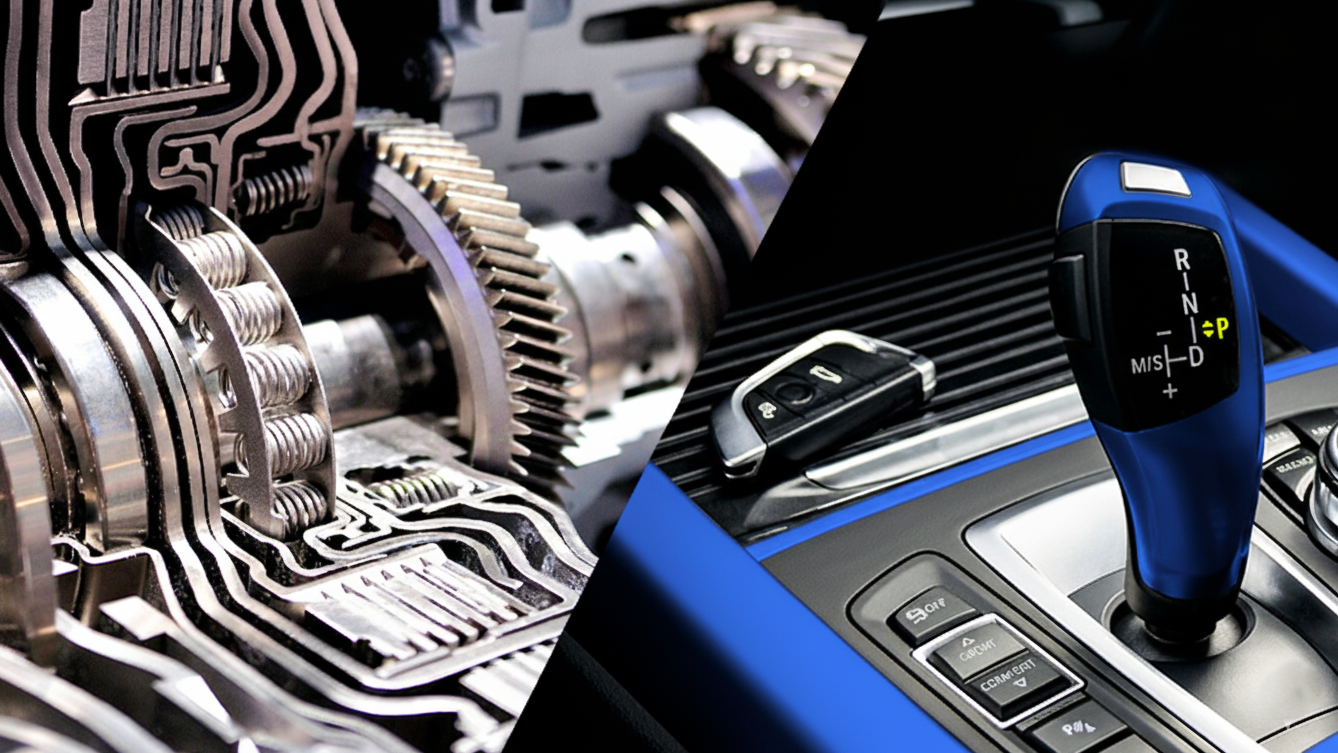
The main argument in favor of an automatic transmission is comfort. In city traffic, for example, during rush hour in Nicosia with its endless stop–and–go, an automatic allows your left foot to rest. The driver gets less tired, less stressed, and concentrates more on the road.
Modern torque converter automatics and CVTs also provide very smooth acceleration without jerks, which increases comfort for all passengers. For beginners, the absence of a clutch pedal significantly simplifies the driving process – the car won't stall on a hill. Contrary to stereotypes, modern multi–speed automatics are often more fuel–efficient than manuals, as the electronics shift gears more optimally than the average person.
However, comfort comes at a price. A car with an automatic transmission is always more expensive than its manual counterpart, with the difference ranging from €1,000 to €2,500. An automatic transmission is a more complex unit, so changing the oil in it is more expensive, and a potential repair can cost several thousand euros. Furthermore, in difficult road conditions, whether it's ice or a steep mountain descent, an experienced driver with a manual can more precisely control traction and engine braking.
Advantages and Disadvantages of a Manual
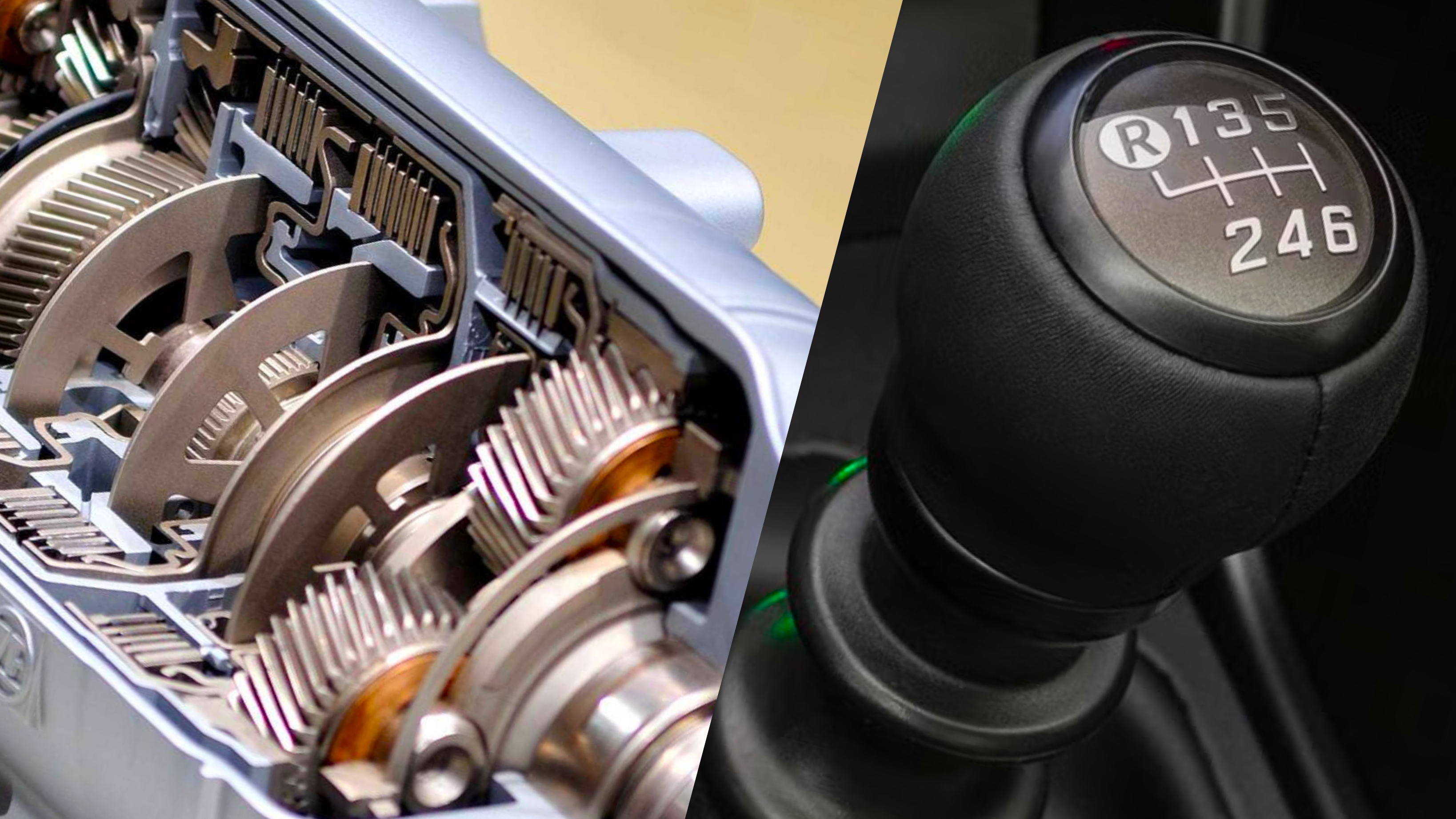
The main trump card of a manual gearbox is control. The driver decides when to shift, which allows for preparing for an overtake in advance or effectively engine braking on a long downhill stretch. This provides an unparalleled feeling of connection with the car.
The design of a manual transmission is simpler and has been proven over decades; it breaks down less often, and its repair is significantly cheaper than any type of automatic. Another important factor is the lower purchase price of the car. For serious off–roading, a manual is also preferable as it allows for more precise control of traction.
But full control has its downside. Constant use of the clutch pedal in city traffic quickly becomes tiring. For beginners, the need to coordinate three pedals and the gear lever takes some time to get used to. There is also a risk of error: an incorrect gear selection or abruptly releasing the clutch can lead to increased wear on components or even create a dangerous situation on the road.
Comparison by Key Parameters
Let's summarize all the arguments in one table for a clear comparison in the manual vs automatic transmission debate.
Parameter | Automatic Transmission | Manual Transmission |
Purchase Price | Higher | Lower |
Repair Cost | High | Low |
Fuel Consumption | Often lower (in modern models) | Often higher (due to human factor) |
Durability | High (with proper maintenance) | Very high (depends on driving style) |
Acceleration | Often faster (with DCTs) | Depends on the driver's skill |
City Comfort | Maximum | Low |
Off–road/Mountain Control | Limited | Full |
Driver Requirements | Minimal | Skill required |
A/C Performance in the Heat
In Cyprus, where the air conditioner runs from May to October, this aspect becomes very important.
Automatic
Smart electronics manage the engine RPMs to compensate for the load from the A/C compressor. You won't notice a loss of power when starting from a traffic light. Acceleration will remain smooth and predictable.
Manual
With the A/C on, the engine, especially a small–displacement one, noticeably loses pulling power at low revs. You will have to shift gears more often and rev the engine higher to maintain momentum, which increases fuel consumption and reduces comfort. In this round of the automatic vs manual transmission comparison, the automatic is the clear winner.
Who is an Automatic Best For?
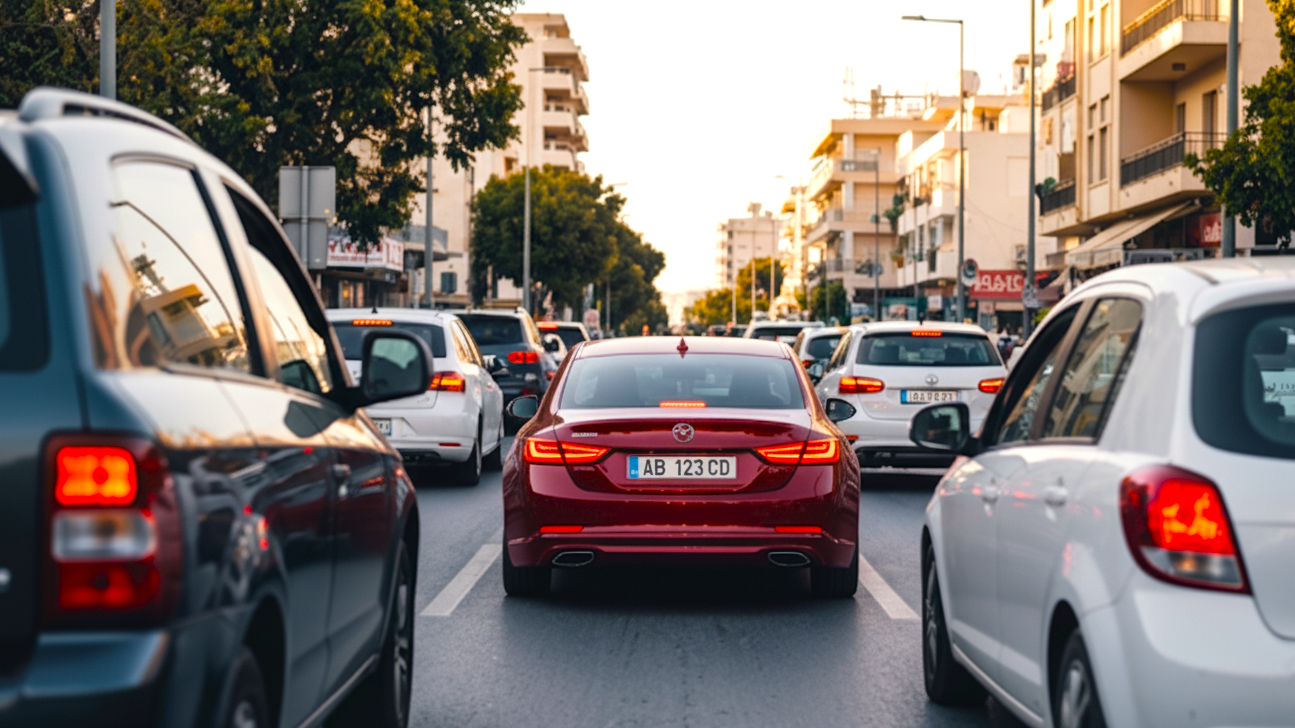
An automatic car is your choice if:
- You live in a big city. Daily trips through Limassol or Nicosia with their traffic jams will become significantly more comfortable.
- You are a beginner driver. An automatic will allow you to focus on the road, signs, and other road users, rather than on working the clutch.
- Comfort is more important to you than driving engagement. You use the car as a means of getting from point A to point B and value smoothness and quietness.
- You often travel with your family. The smooth shifts of an automatic are less likely to cause motion sickness in passengers.
Who is a Manual Best For?
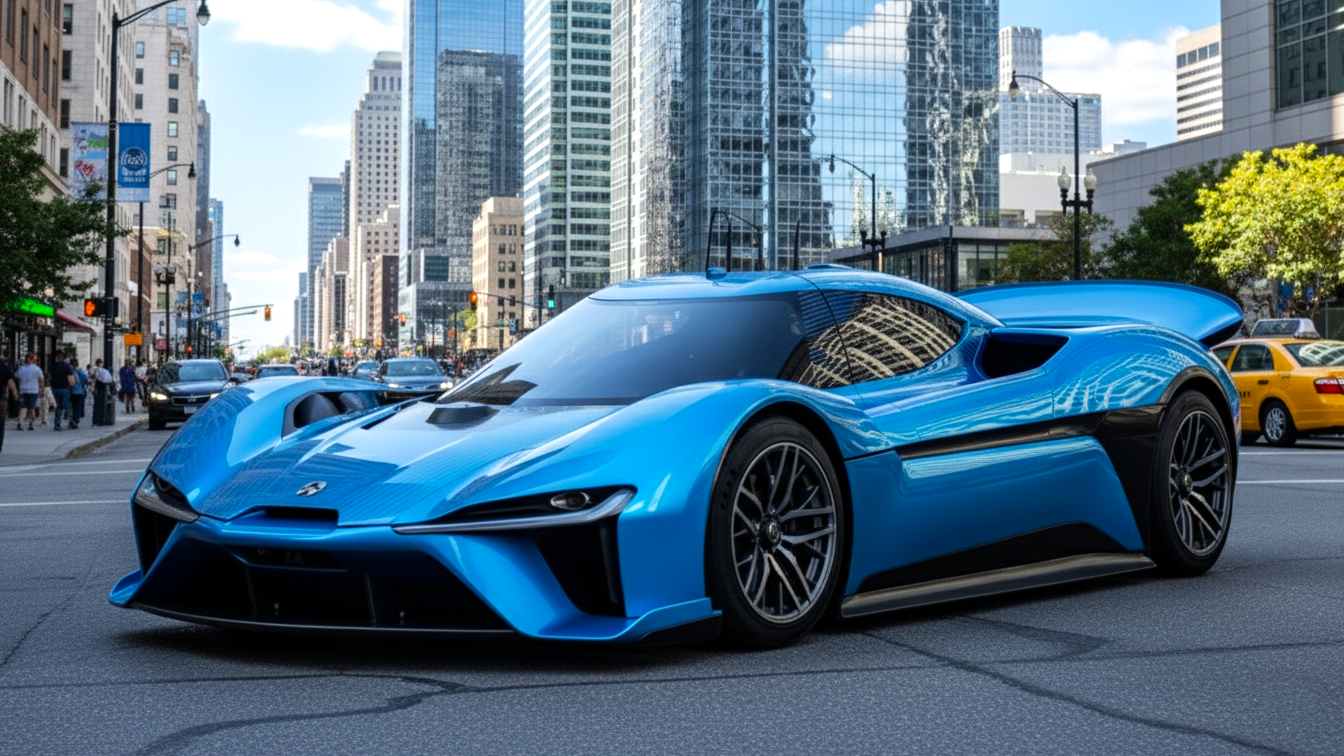
A manual transmission is your choice if:
- You love to drive. For you, the process of controlling a car is a pleasure. You value full control and feedback from the vehicle.
- You often drive off–road or in the mountains. A manual provides more options for precise traction control in difficult conditions.
- You want to save as much as possible. A manual is cheaper to buy and generally cheaper to repair.
- You are buying a sports car or a hot hatch. For many performance models, a manual is an essential part of their character.
Conclusions and Recommendations
So what should you choose in the eternal confrontation of automatic vs manual transmission? The final decision depends on your personal priorities.
Transmission Type | Main Pros | Main Cons |
Automatic | ✅ City comfort ✅ Simplicity for beginners ✅ Smoothness | 🔻 High price 🔻 Expensive repairs 🔻 Less control |
Manual | ✅ Full control ✅ Low price ✅ Reliability and cheap repairs | 🔻 Tiring in traffic 🔻 Requires skill 🔻 Can be less economical |
Practical Scenario: Renting a Car in Cyprus
If you are a tourist planning to rent a car for one or two weeks, the answer is almost unequivocal: choose an automatic car. Adapting to the unfamiliar left–hand traffic is stressful enough. An automatic will allow you to fully concentrate on the road, markings, and signs, rather than searching for the right gear with your left hand. The extra €5–10 per day for renting a car with an AT is a small price to pay for your safety and comfort on unfamiliar roads. Want to learn more about whether it’s better to buy or rent a car in Cyprus? Read our full guide “Buy vs Lease a Car in Cyprus: What’s Better for You"?.
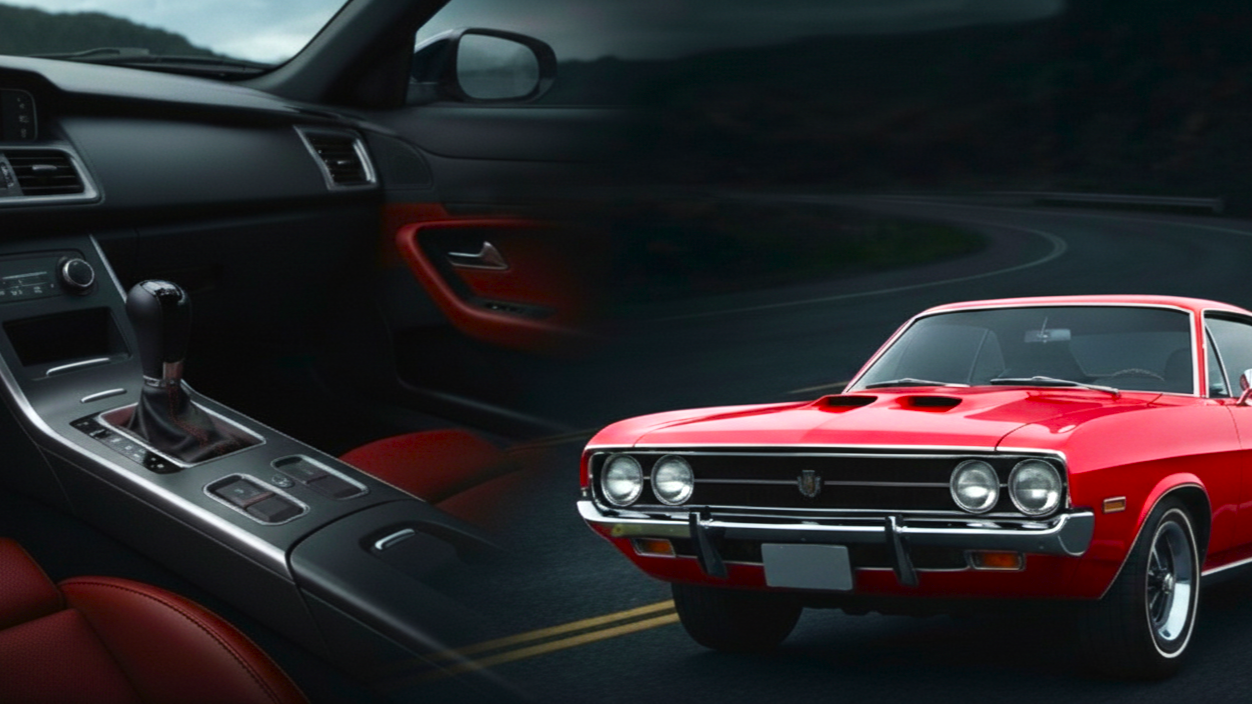
A manual should only be considered if you are absolutely confident in your skills and plan to rent a specific vehicle, such as a sports car or an SUV for serious off–road excursions, where manual control is essential. Analyze your typical route. If 80% of your trips are in city traffic, the choice is clearly in favor of an automatic. If you live in the mountains and enjoy active driving, a manual might bring you more pleasure. Ultimately, the automatic vs manual car debate is resolved simply: take a test drive. Try both options. Feel which one better suits your style and temperament. Choose the feeling, not the technology. And if you’re ready to find your perfect car, explore our catalog— we have a wide selection of vehicles with both manual and automatic transmissions. View our car catalog.


